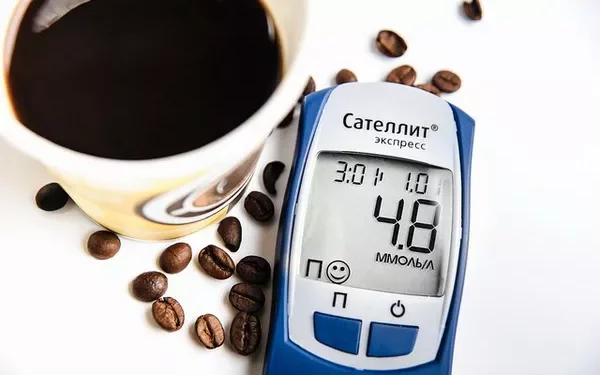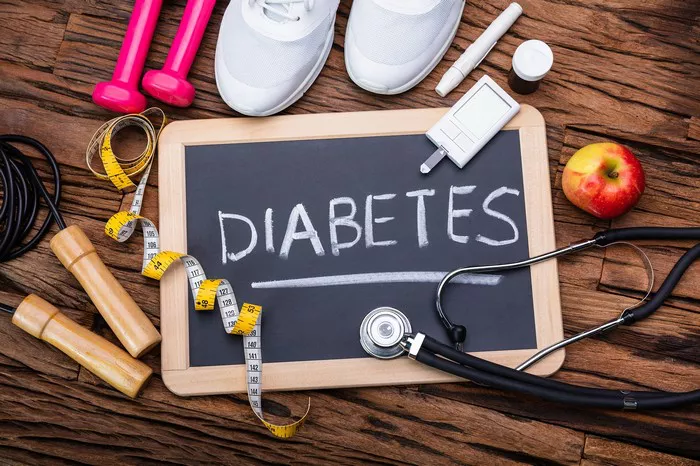Blood sugar levels are a critical aspect of diabetes management, significantly influencing a person’s overall health and well-being. Understanding whether a blood sugar level of 6.1 mmol/L is too high requires knowledge of diabetes, the factors affecting blood sugar, and the implications of various readings. This comprehensive article aims to clarify what a blood sugar level of 6.1 means, its implications for both non-diabetics and diabetics, and how to effectively manage blood sugar levels.
Understanding Blood Sugar Levels
Blood sugar, or blood glucose, refers to the amount of glucose present in the bloodstream. Glucose is a primary source of energy for the body and comes from the food we eat, particularly carbohydrates. The body regulates blood sugar levels through a complex interplay of hormones, with insulin being the most notable.
Normal Blood Sugar Levels
Blood sugar levels fluctuate throughout the day based on factors like food intake, physical activity, and hormonal changes. According to the American Diabetes Association (ADA), the normal range for fasting blood sugar levels is:
Fasting (no food for at least 8 hours): Less than 5.6 mmol/L (100 mg/dL)
Postprandial (2 hours after eating): Less than 7.8 mmol/L (140 mg/dL)
Random (any time of day): Generally, less than 11.1 mmol/L (200 mg/dL)
Understanding 6.1 mmol/L Blood Sugar Level
A blood sugar level of 6.1 mmol/L (110 mg/dL) falls within the range often associated with prediabetes or impaired glucose tolerance. This level is slightly elevated when considering fasting blood sugar levels but is still below the threshold for a diabetes diagnosis.
Diagnosis Criteria for Diabetes and Prediabetes
The following criteria are used to diagnose diabetes and prediabetes:
Normal Blood Sugar Levels: Less than 5.6 mmol/L (100 mg/dL)
Prediabetes: 5.6 to 6.9 mmol/L (100 to 125 mg/dL)
Diabetes: 7.0 mmol/L (126 mg/dL) or higher
Based on these criteria, a blood sugar level of 6.1 mmol/L would be classified as prediabetes. This condition indicates an increased risk of developing type 2 diabetes in the future, emphasizing the importance of monitoring and lifestyle adjustments.
Factors Influencing Blood Sugar Levels
Several factors can affect blood sugar levels, making it essential to consider context when interpreting a reading of 6.1 mmol/L.
Dietary Intake
The type and quantity of food consumed have a significant impact on blood sugar levels. Carbohydrates, especially simple sugars, raise blood glucose more quickly than proteins or fats.
High Glycemic Index Foods: Foods that break down rapidly into glucose can cause spikes in blood sugar.
Portion Sizes: Large portions can lead to higher blood sugar levels post-meal.
Meal Timing: The timing of meals relative to testing can also influence readings.
Physical Activity
Exercise is a critical factor in blood sugar management. Physical activity increases insulin sensitivity and helps lower blood glucose levels.
Aerobic Exercise: Activities like walking, jogging, and cycling can lower blood sugar levels.
Resistance Training: Weight lifting also enhances glucose uptake by muscles.
Stress and Hormonal Changes
Stress triggers the release of hormones like cortisol and adrenaline, which can increase blood sugar levels.
Emotional Stress: Anxiety, fear, or anger can lead to higher blood glucose.
Physical Stress: Illness, surgery, or injury can elevate blood sugar levels.
Medications
Certain medications can impact blood sugar levels. Some medications may raise blood sugar, while others are designed to lower it.
Corticosteroids: Often raise blood sugar levels.
Diuretics: Can affect glucose tolerance.
Illness and Infection
During illness, the body responds by releasing stress hormones, which can raise blood sugar levels. Infections, inflammation, or chronic conditions may also lead to higher blood glucose readings.
Is 6.1 mmol/L Considered High?
Whether 6.1 mmol/L is considered “too high” largely depends on context. Here’s a breakdown of different scenarios:
For Non-Diabetics
In non-diabetic individuals, a fasting blood sugar level of 6.1 mmol/L indicates prediabetes. This reading suggests that while the individual does not have diabetes, they are at risk and should take steps to lower their blood sugar levels through lifestyle modifications.
For Diabetics
For individuals diagnosed with type 2 diabetes, a blood sugar level of 6.1 mmol/L could be acceptable, depending on their treatment plan and individual targets.
A1C Target: Many healthcare providers aim for an A1C of less than 7.0%, which corresponds to an average blood sugar of about 8.3 mmol/L (150 mg/dL).
Daily Monitoring: Individuals with diabetes often use daily monitoring to manage their levels effectively.
Understanding Implications of a 6.1 mmol/L Reading
A blood sugar level of 6.1 mmol/L serves as a critical marker for evaluating risk and making decisions about lifestyle and health management:
Risk of Progression to Diabetes: Consistent readings in the prediabetic range indicate the need for lifestyle changes to prevent progression to type 2 diabetes.
Need for Monitoring: Regular monitoring of blood sugar levels can help individuals better understand their body’s responses and make necessary adjustments.
Lifestyle Modifications: A level of 6.1 mmol/L is an opportunity for intervention. Weight management, dietary changes, and increased physical activity can significantly lower blood sugar levels.
How to Manage Blood Sugar Levels Effectively
If you or someone you know is experiencing a blood sugar level of 6.1 mmol/L, consider implementing the following strategies to help manage blood sugar:
1. Dietary Adjustments
Making smart food choices is one of the most effective ways to manage blood sugar levels.
Choose Low Glycemic Index Foods: Incorporate foods that have a low glycemic index (GI) into your diet, such as whole grains, legumes, nuts, and non-starchy vegetables. These foods release glucose slowly and help maintain stable blood sugar levels.
Portion Control: Be mindful of portion sizes, particularly for carbohydrates. Use measuring cups or a food scale to help control portions.
Balanced Meals: Aim for balanced meals containing healthy fats, lean proteins, and fiber-rich carbohydrates. This combination can help slow down digestion and stabilize blood sugar levels.
2. Regular Physical Activity
Exercise is crucial for managing blood sugar levels and overall health.
Incorporate Aerobic Exercise: Aim for at least 150 minutes of moderate aerobic activity each week. This can include brisk walking, cycling, or swimming.
Strength Training: Include resistance exercises at least twice a week. Building muscle mass can improve insulin sensitivity and glucose uptake.
3. Monitor Blood Sugar Regularly
Regular monitoring of blood sugar levels can help track progress and inform decision-making.
Frequent Testing: If you’re in the prediabetic range, consider testing blood sugar levels regularly, especially after meals.
Use a Blood Glucose Meter: If you have diabetes, work with your healthcare provider to determine the frequency and timing of blood sugar testing.
4. Stress Management
Since stress can impact blood sugar levels, finding effective stress management techniques is essential.
Practice Mindfulness: Techniques such as meditation, yoga, and deep-breathing exercises can help reduce stress.
Engage in Hobbies: Pursuing enjoyable activities can provide a mental break and lower stress levels.
5. Consult Healthcare Professionals
Working closely with healthcare providers can provide tailored guidance and support.
Dietitian Consultation: Consider consulting a registered dietitian for personalized dietary advice and meal planning.
Regular Check-Ups: Schedule regular visits with your healthcare provider to monitor overall health and discuss any concerns.
Conclusion
A blood sugar level of 6.1 mmol/L is an important indicator of prediabetes, signaling the need for proactive measures to manage and monitor blood glucose levels. Understanding this reading’s context is essential for effective diabetes management, whether for individuals at risk or those already diagnosed with diabetes.
Taking action to implement dietary changes, increase physical activity, and monitor blood sugar regularly can help improve health outcomes and reduce the risk of complications. Collaboration with healthcare providers ensures a comprehensive approach to managing blood sugar levels, ultimately empowering individuals to take charge of their health and well-being. By addressing prediabetes early on, individuals can significantly impact their long-term health and prevent the progression to type 2 diabetes.
Related topics:



























